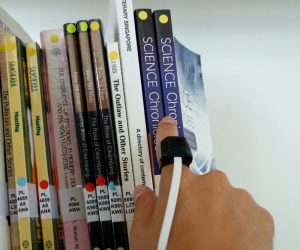How do we use bacteria that can eat and breathe electricity using renewable resources to produce something we can use? This could potentially be very powerful here in Australia as we have abundance of land, sun and wind but in areas that aren’t populated” says Dr Ashley Franks.
Dr. Ashley Franks is a researcher at La Trobe University, Melbourne, Australia.
Microbial Fuel Cells (MFCs) use bacteria to convert organic waste material into electrical energy. This environmentally-friendly process produces electricity without the combustion of fossil fuels. MFCs have various practical applications such as in breweries, domestic wastewater treatment, desalination plants, hydrogen production, remote sensing, and pollution remediation, and they can be used as a remote power source. Widespread use of MFCs in these areas can take our waste products and transform them into energy.
Today I am going to tell you about my big fat idea and I’ll be talking to you about bacteria that can eat and breathe electricity. When we talk about electricity with bacteria what we’re actually talking about is the way they can gain energy. And while the idea might seem sort of quite interesting and unusual it all goes back to the way that all living organisms can gain energy. When we gain energy, we have a nice meat pie, have some tomato sauce, we actually eat this, it’s organic food, but what we do is we breathe oxygen so we take in our organics, it has energy, we transfer energy to oxygen and form carbon dioxide. Without the oxygen we don’t really do very well, we end up dying and we call this respiration. But there’s lots of bacteria all around our world that can actually keep on surviving and respiring without oxygen. So what these bacteria are able to do is use what we call alternate electronic acceptors. Oxygen for us accepts our electrons, these bacteria can use different things.
One of the interesting bacterias that my lab is interested in is ones … is bacteria that can actually breathe metals. So this is a lump of iron oxide, solid bit of rust. It is metal but the bacteria you see sitting on the surface in green are actually breathing the metal. So they’re eating the organics, eating their pie but they’re able to breathe the metal. The difference here is that the metal is a big lump of something outside itself. So to breathe you’d have to go up and touch it, it can’t breathe in oxygen like we do, it has to go and touch the actual lump of metal and give up electricity this way. So the reason why this is interesting to us is because you can actually gather that electricity the bacteria is breathing if you give it an electrode. If you put an electrode into this system this bacteria then will breathe the electrons onto the electrode and you can gather this as an electrical current.
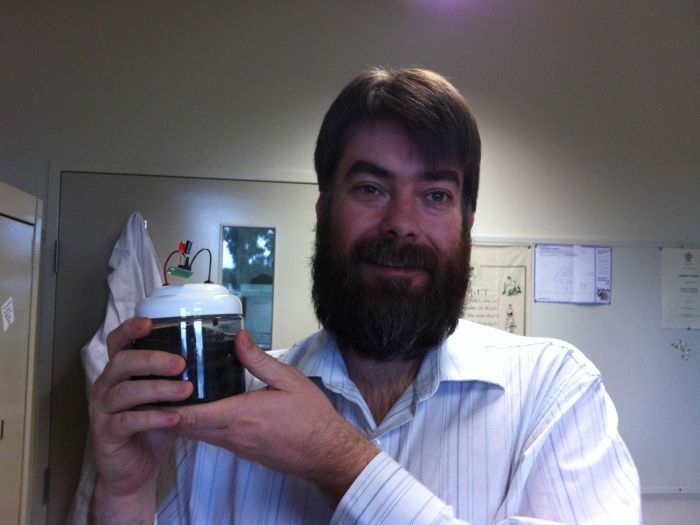
So the interesting thing here is not only meat pies but all different types of organics from around the world these bacteria can actually use. And it’s actually very beneficial because once you put it into a system like a system what we call here is a microbial fuel cell, this can actually operate like a battery. So bacteria, eating, breathing, they’re electricity, we can actually put into a system and it works together to actually form a small amount of electricity. And these bacteria you can find anywhere in the world. Usually they’re under the ground where there’s no oxygen, there’s lots of them and they use lots of different organics which they can break down and provide us with electricity. People quite often think that this is really exciting ‘cause now we can actually save our electricity problems around the world ‘cause we can just get bacteria to eat our garbage and produce it. But our problem is is that bacteria are only small and they only make a small amount of electricity. So the current and voltage output that they do is quite small but it can still have some very, very beneficial processes.
The US Navy uses these under … in the soil in the actual ocean bottom and having one that’s about 1m3 of these sort of electrodes, these have a big one, is they’re about the same as 30 diesel batteries per year. While it’s not very much electricity in power what this allows you to do is actually leave a device somewhere while the bacteria are happily eating and they keep on eating for a long, long, long time, you never have to go back and change batteries. So if you wanted to actually put sensors in a rainforest, if you wanted to put sensors in a river, if you wanted to power a small device somewhere you could put this into the actual mud and the bacteria will quite happily breathe their electricity onto your electrode and power your small device. And for us in our research lab one of our most interesting points that we like to look at is these bacteria that are breathing the electrode. So these bacteria get a wide different mix, these are just some pictures of some different types but what the bacteria do is they actually go up to this electrode, they touch the electrode and able to breathe it. So this would be like if you and me were able to hold hands across a room with no oxygen and someone can touch a wall and we all can breathe together. And the bacteria are able to do this because they produce this specialised pillon and cytochromes.
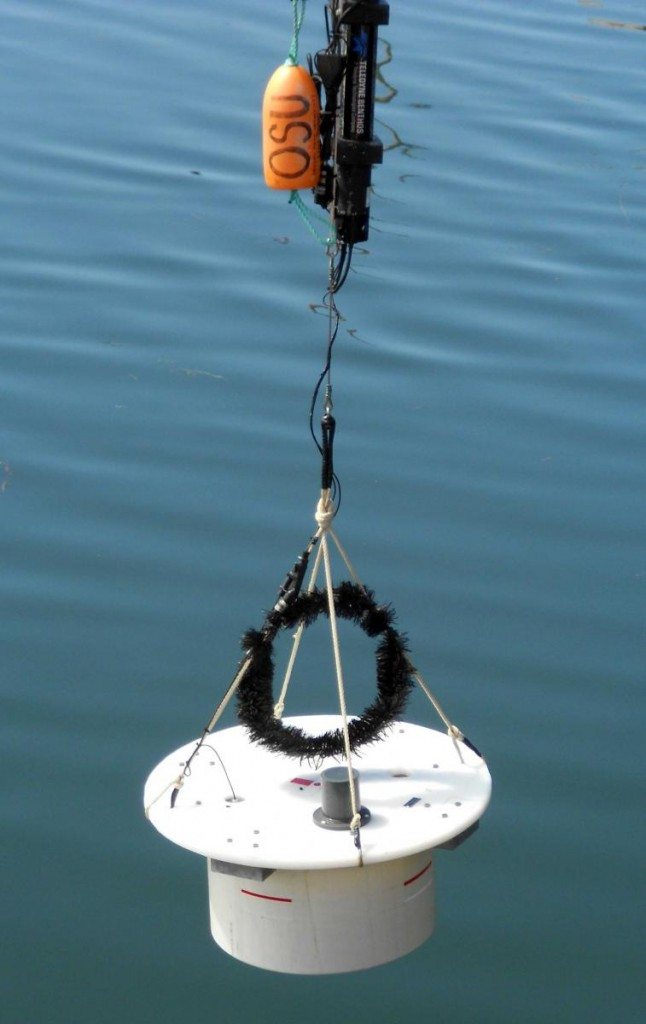
chambered BMFC being deployed in Yaquina Bay Oregon in August 2011. The chamber is pushed into the sediment and in this semi-enclosed state, the inside volume goes anaerobic. Carbon brushes positioned inside the chamber serve as the BMFC anode. Another circular carbon brush, tied to the rope harness above the chamber, serves as the cathode. The BMFC is wired to a power management system inside the black acoustic modem that floats above the BMFC. Power from the BMFC maintains the modem and a chemical sensor (optode) interfaced with the modem. BMFCs of this design typically produce ~10 mW continuously. This can sustain longterm sensor measurements in the ocean and can power periodic data transmissions from the acoustic modem. We think this technology is ideal for extending sensor networks throughout the deep ocean becuase it eliminates the need for replacing instrument batteries. Image: Oregon State University
Chambered BMFC being deployed in Yaquina Bay Oregon in August 2011. The chamber is pushed into the sediment and in this semi-enclosed state, the inside volume goes anaerobic. Carbon brushes positioned inside the chamber serve as the BMFC anode. Another circular carbon brush, tied to the rope harness above the chamber, serves as the cathode. The BMFC is wired to a power management system inside the black acoustic modem that floats above the BMFC. Power from the BMFC maintains the modem and a chemical sensor (optode) interfaced with the modem.
BMFCs of this design typically produce ~10 mW continuously. This can sustain longterm sensor measurements in the ocean and can power periodic data transmissions from the acoustic modem. We think this technology is ideal for extending sensor networks throughout the deep ocean becuase it eliminates the need for replacing instrument batteries. Image: Oregon State University
So these are like little appendages that come out from the bacteria. They have these proteins called cytochromes that can transfer electrons and they’re able to pass electrons from inside themselves to outside themselves. So these bacteria are now becoming like a material, a biological material that can actually transfer electrons over a long distance, a relative long distance. It’s only 60 micrometres which is very small but for bacteria that’s 60 bacteria. So if 60 of us could actually stand together and hold hands it would be actually like that, transferring the electrons all that way. And this is interesting especially when you’re moving into the field of bioelectronics ‘cause these bacteria can grow an electrical biofilm that can transfer electrons better than biopolymers that people are trying to produce artificially now.
But the other aspects where this is actually quite interesting is that the bacteria themselves can be used in areas such as oil spills where the problem is is you run out of oxygen. An example that people have quite often heard of is the Deep Well Horizon spill. It was in the ocean, it was underwater but oil is organics, bacteria can eat organics but the bacteria themselves out all the oxygen in that environment and they ran out of things to breathe. But knowing about these bacteria that can breathe an electrode, if we put an electrode into that actual environment we give them something more that they can breathe, they can keep on eating this oil and they can keep on breathing and we can get rid of this a lot faster. And these electrodes are just carbon, are just like a HB pencil, that’s all they are. So you put that in, the bacteria can breathe the electricity. You might have a red flashing light but you might not care about the electricity anymore ‘cause you can get rid of the oil spill.
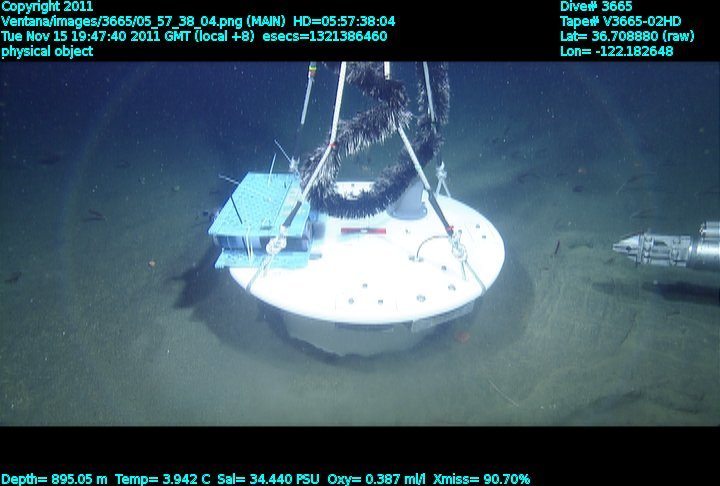
And another area that people are quite … don’t think about very often ‘cause when you flush your toilet you don’t want to, is wastewater treatment. So wastewater treatment when we do this now we use a lot of oxygen so this requires big tanks, you need to stir that tank, you need to pump oxygen through so the bacteria can eat all that organic waste, get rid of it so we don’t contaminate our rivers. But with these electric bacteria we don’t need that stirring, we don’t need that pumping and that’s just a huge saving in electrical power. So in some places like the US alone 7% of their electricity goes to treating wastewater so if you used electric bacteria instead you don’t really care about making energy but you’re saving a lot of energy.
But what I’d mentioned earlier on before is that we at the moment, this is bacteria eating … oh sorry, this is bacteria breathing electricity but now what I’ll mention is that bacteria can also eat electricity. Because what I was saying is that from the meat pie which is energy that went out to the electrode, this is a transfer of electricity or transfer of energy. But there are some bacteria we have found in the environment as well that can actually take that energy from the electrode in the form of electrons and what they can do is use that as their food source and their power source to do a whole bunch of processes. A lot of people think this sounds really quite strange, a bit like The Matrix but what you probably most commonly know this as is photosynthesis. So a plant gets sunlight in its chlorophyll and produces electrons that power fixing carbon dioxide and make us our organics. But we have found is that these bacteria, they don’t have photosynthesis but they can take electrons from an electrode so rather than needing sunlight now what we can do is actually feed them electricity and get them to produce some type of biological or organic material. And as I mentioned before something like petroleum is an organic material.
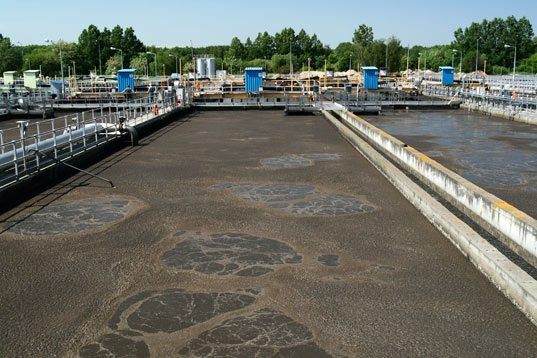
So these bacteria, we can feed electricity which we can produce from renewable resources and get them to produce something that we can use. And this is very important in somewhere like Australia because we have lots of places where we can have a lot of wind or we have wonderful amounts of sun but our problem is is that these areas are too far from our population, from Melbourne or Sydney or anywhere where people live to get high power electricity lines. So we can’t transfer electricity over long distances. But what we could do is we could make electricity here with solar panels, feed that to bacteria who could convert it into something like butanol and have that transferred to Melbourne where we can use it as we need. And the big advantage here as well is that we’re not taking away from somebody’s food supply so the land is not being used for food but it’s got a lot of sunlight, we can catch that and we can feed it to bacteria and have something useful. So this is a new type of biofuel and the organics in that biofuel all come from carbon dioxide, so for greenhouse gases that becomes neutral and all we need to do is feed these bacteria electricity.
But one of the things that perplexed us to begin with was that you have bacteria that can breathe electricity and bacteria that can eat electricity and if you think about in the environment there’s not many places where you’re actually having electricity being produced all the time. But the cue there that we found that was interesting is that well you’ve got one that breathes and then one that eats and if you look at these bacteria together that’s quite often you’ll find them together. So they form what we call these syntrophic relationships where they’ll work together to actually carry out some type of process and normally it is somewhere where there’s no other electronic acceptor so there’s no iron, there’s no oxygen, you’ll have two bacteria that will work together and one will breathe electricity and the other one will eat the electricity that’s coming out of it so they get this little syntrophic relationship. What the problem that is quite with this is that the by-product at the very end is methane. So this methane is a great house gas, it’s not very good for the environment but there’s a lot of bacteria in the environment which are actually able to operate together, feed each other electricity to get their food and produce methane.
So it’s interesting ‘cause our research, we’re able to show that in these environments this is actually was what happening. So this is where these bacteria that we actually found to do these amazing things have evolved over millions of years and they’ve already set up their own electrical networks, they’ve already been working together through electricity to interact. And you might be thinking well this is quite interesting but what does it mean to us in the big run? And the thing is if we understand this process then we know how to sort of try and drive these microbes to do things differently because in Victoria one of our big methane producers is dairy cattle. Everybody likes milk, everybody likes cheese but these cattle have bacteria in their stomach that produce most of the methane that they’re able to burp out and gives us a lot of methane problems. But looking at the bacterial communities in the cow what we find is that some of them are these bacteria that are feeding each other electricity. And because they’re actually feeding each other electricity they produce a lot of the methane. So if we know how to give the cow the right type of food so you select not the electric bacteria but if you give them some vitamin supplements to select other bacteria you won’t get this interaction through electricity, you won’t get your methane and we won’t get our greenhouse gases.
And further to that if you actually want more methane then what you can do is actually promote the bacteria because there’s a lot of industrial processes to get rid of waste that convert it in these big vats using bacteria to produce methane. So if you have a lot of organics, if you have some type of food processing plant, if you have something that has a lot of waste, that waste you don’t want to put into our riverstream ‘cause you’re going to harm the environment, what you can do is actually promote these bacteria, get their electrical connections better and they’ll actually improve at getting rid of your waste, giving you methane which you can use as an energy source.
So in summary what we’re able to do with our lab is … in my lab … is able to take bacteria that can breathe metals and end up with ways to stop cows from actually giving out methane.






